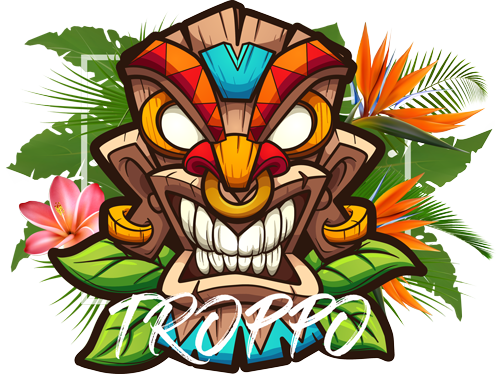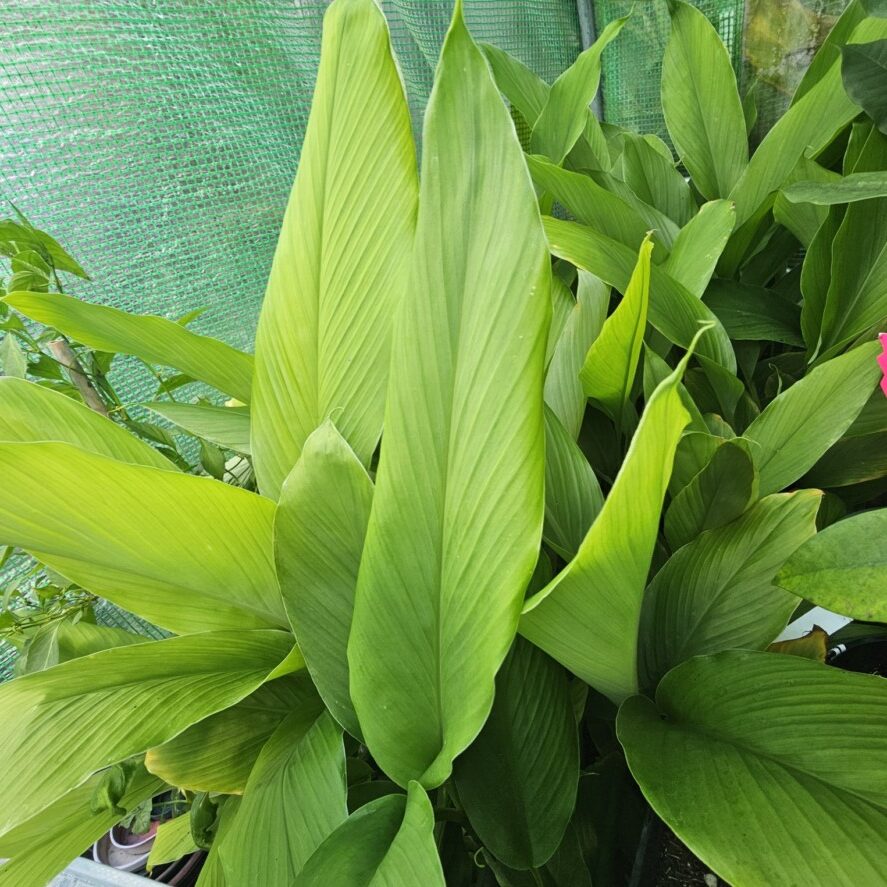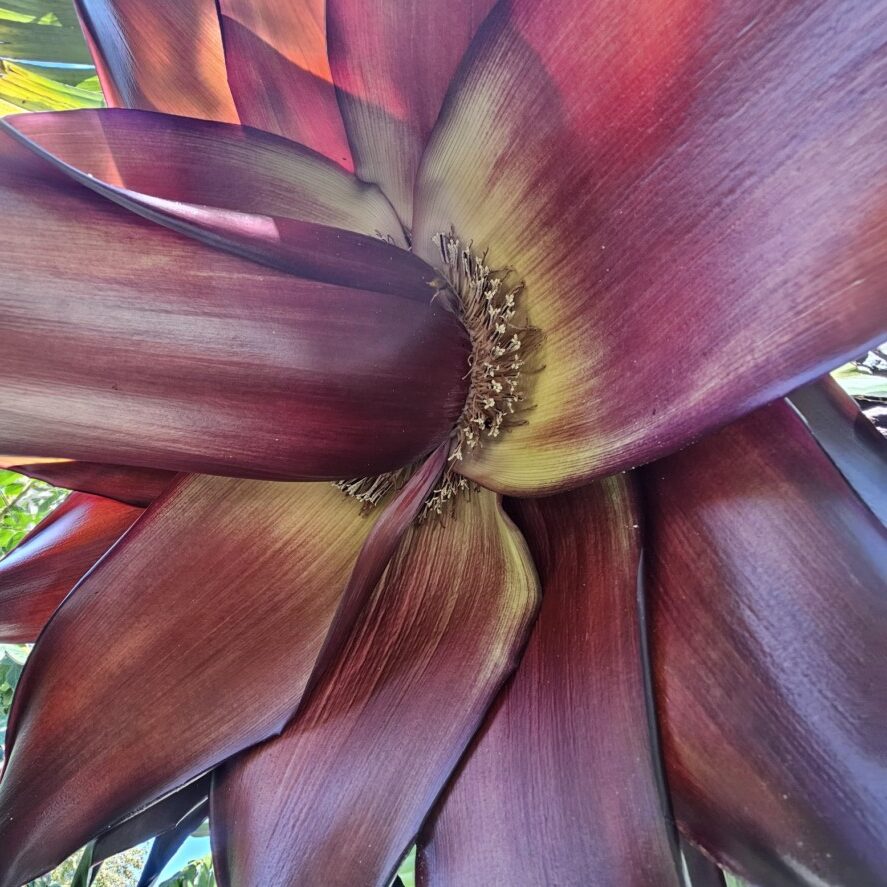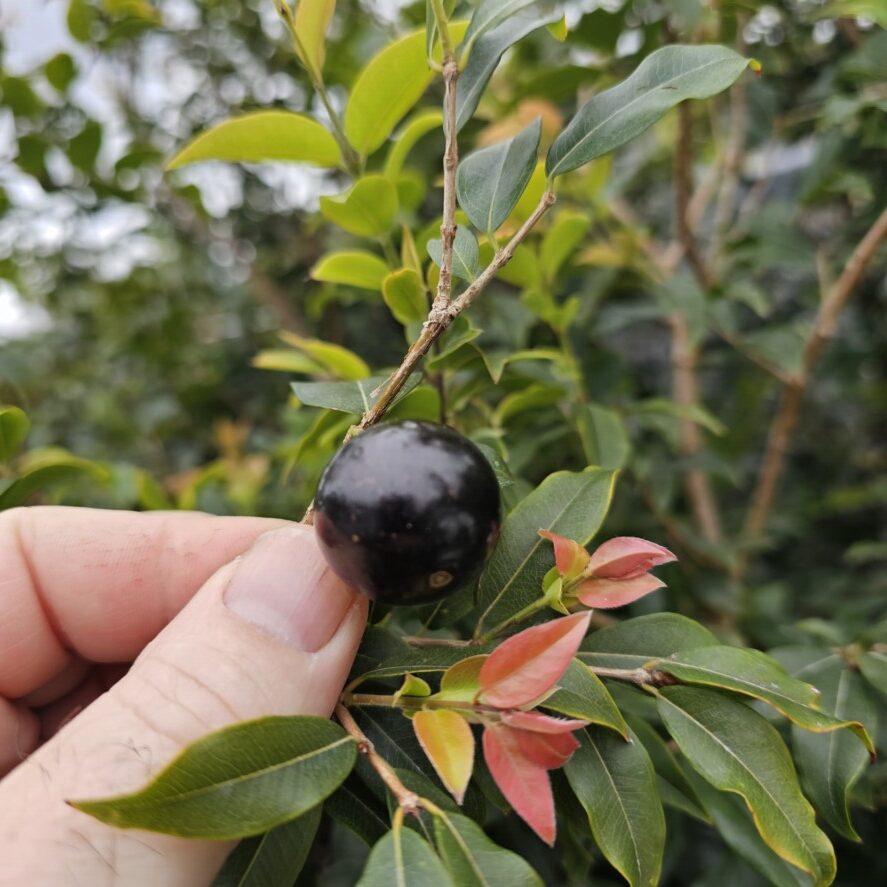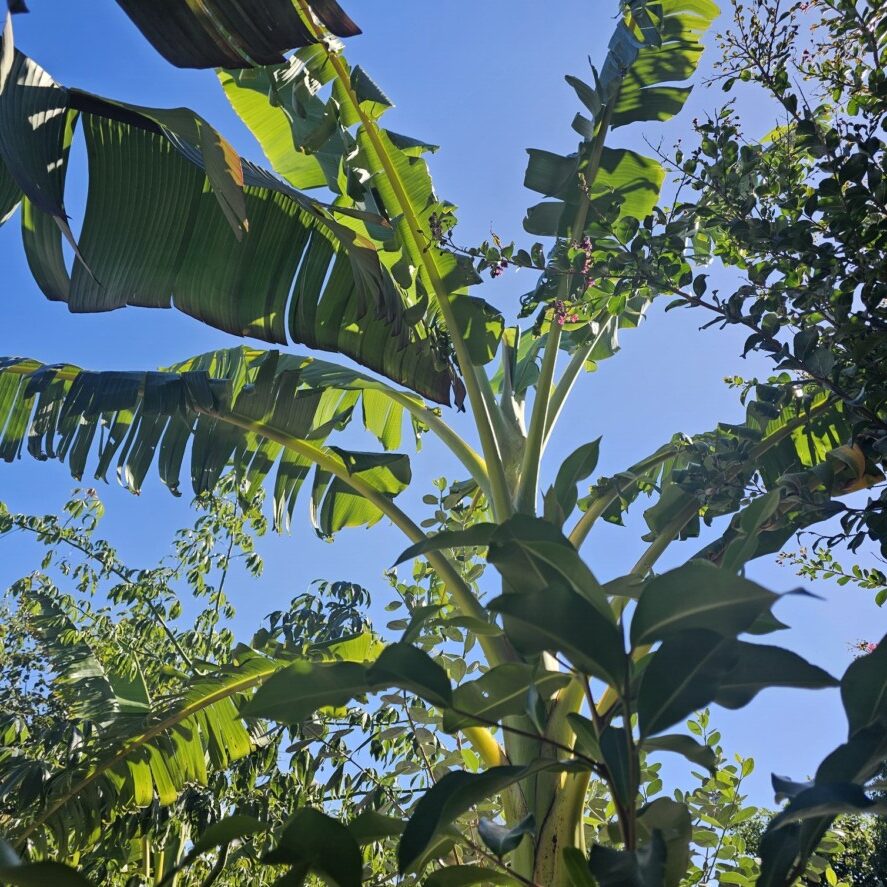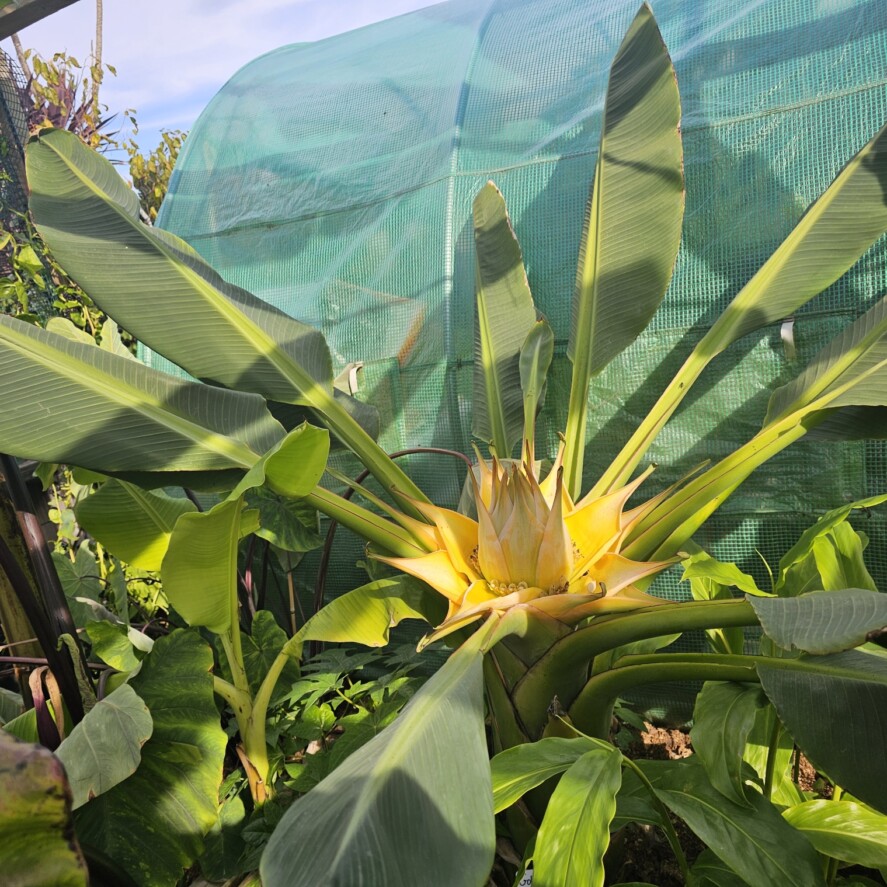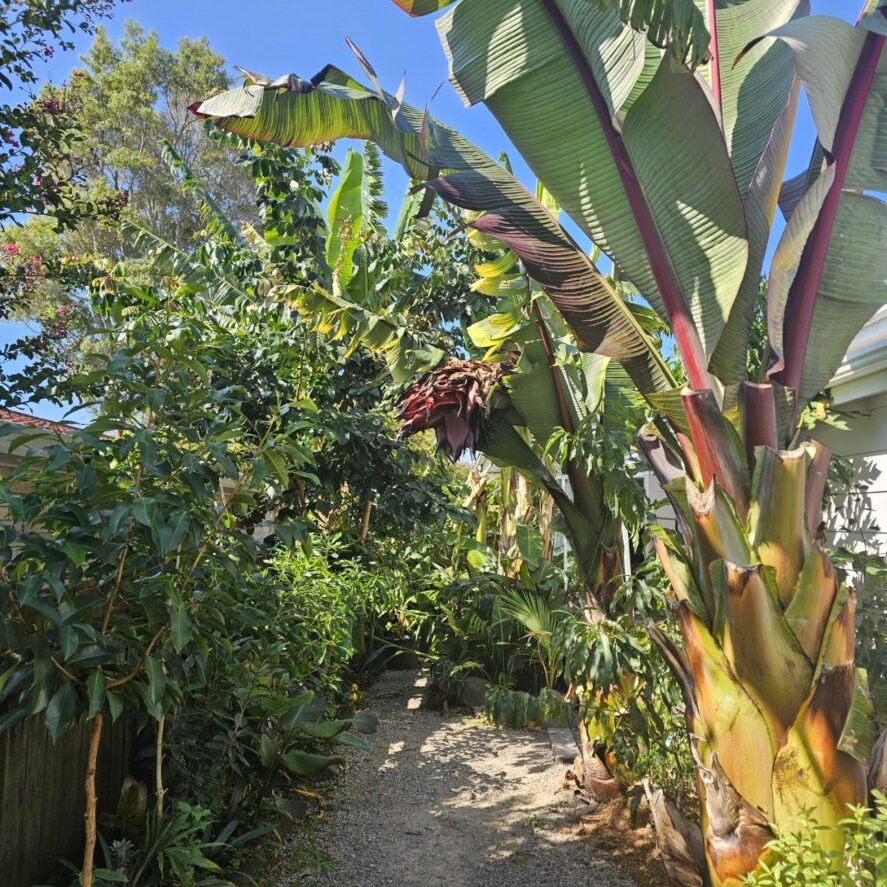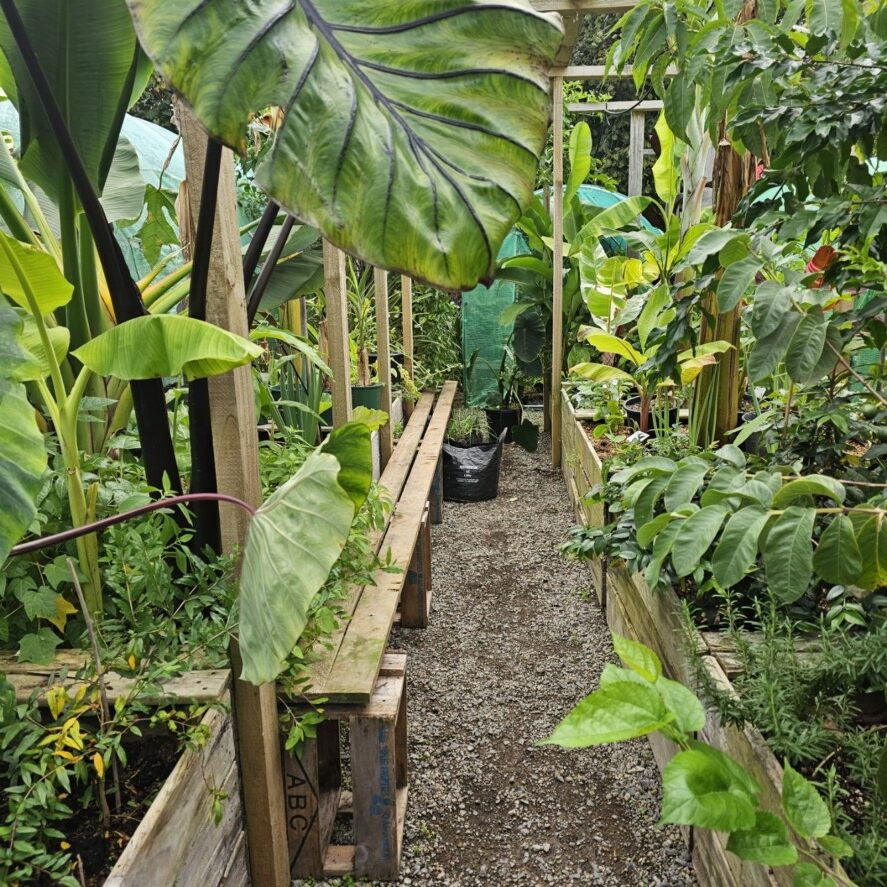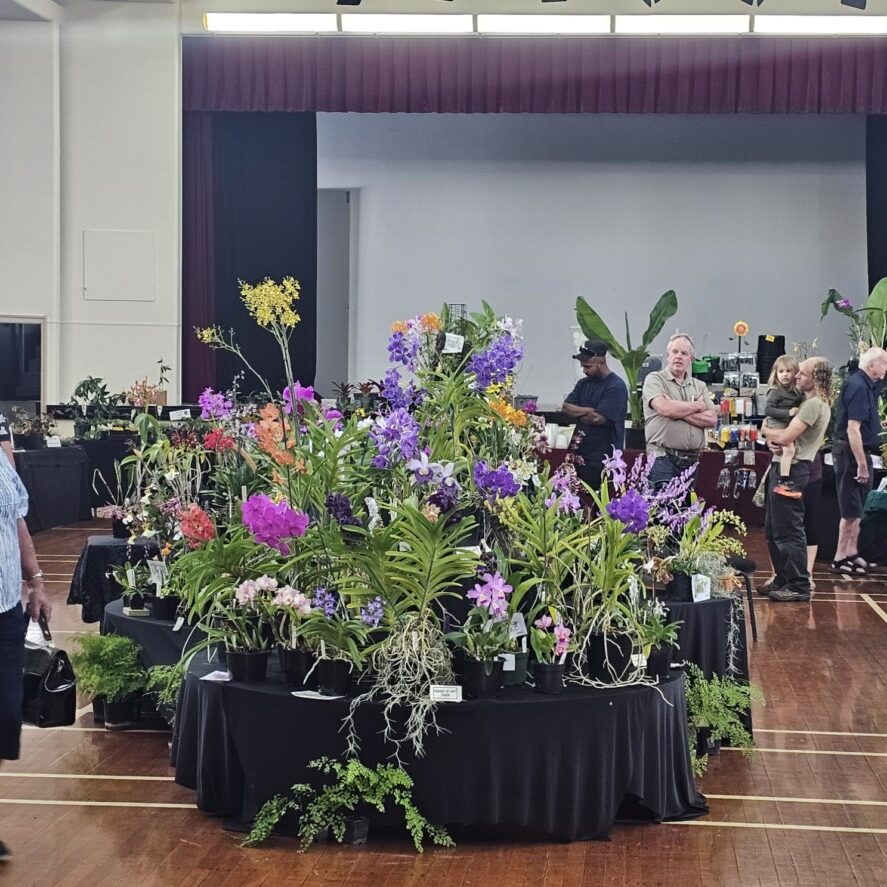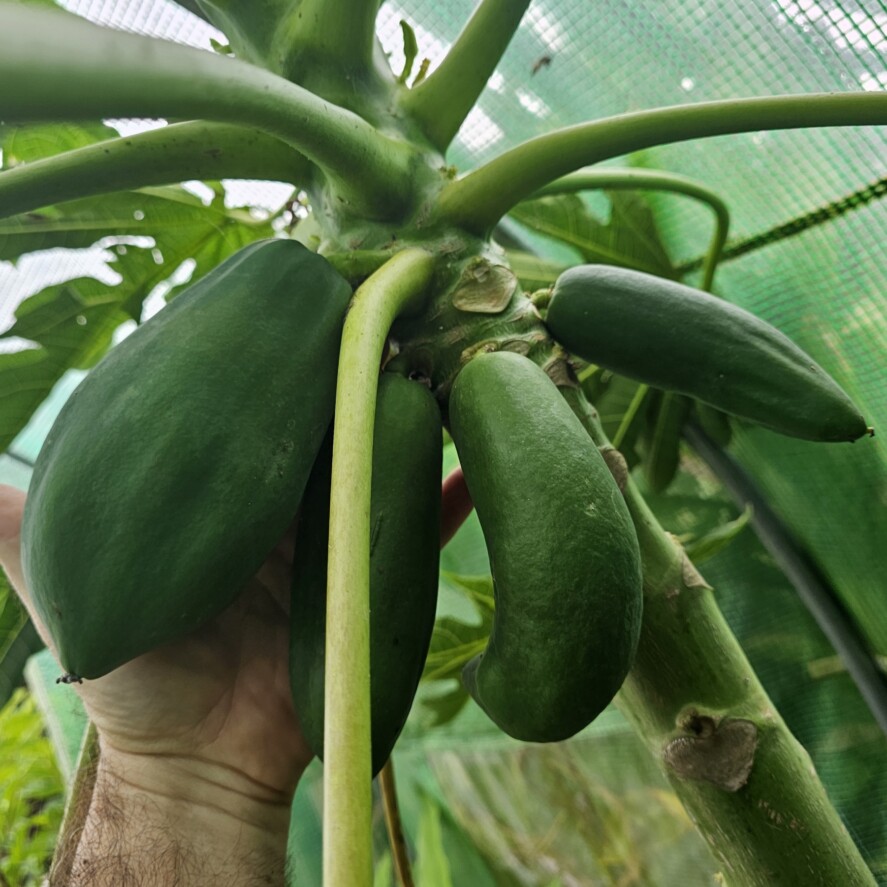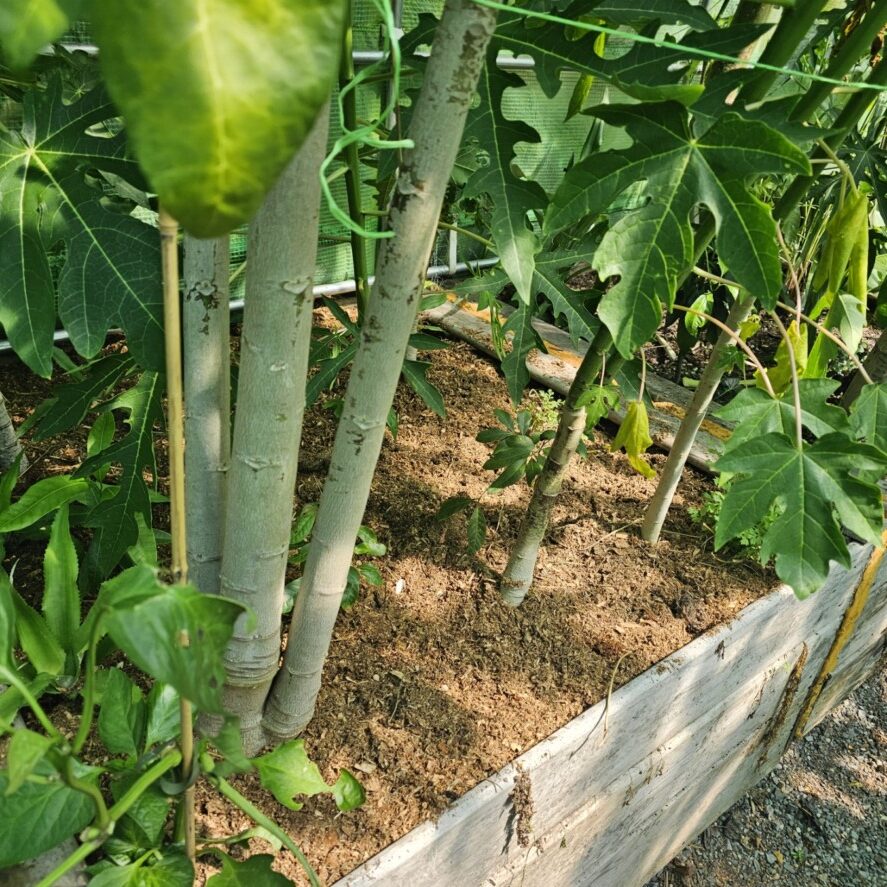-
Troppo Plant & Garden Articles
- Te Puke Region
- TROPPO’s Food Forest in Te Puke, BOP (www,foodforest.org.nz)
- Troppo’s Plant Collection
- TROPPO's Nursery Directory
- Food Forests of New Zealand (www.foodforests.nz)
- Nursery Map - Plant Suppliers of NZ Directory (www.nurserymap.nz)
- Kids Garden Corner
- New Zealand Garden Bird Survey
- New Zealand Garden Groups
- Delicious Recipes
Attracting Pollinators to Your Urban Food Forest: Essential Plants and Techniques
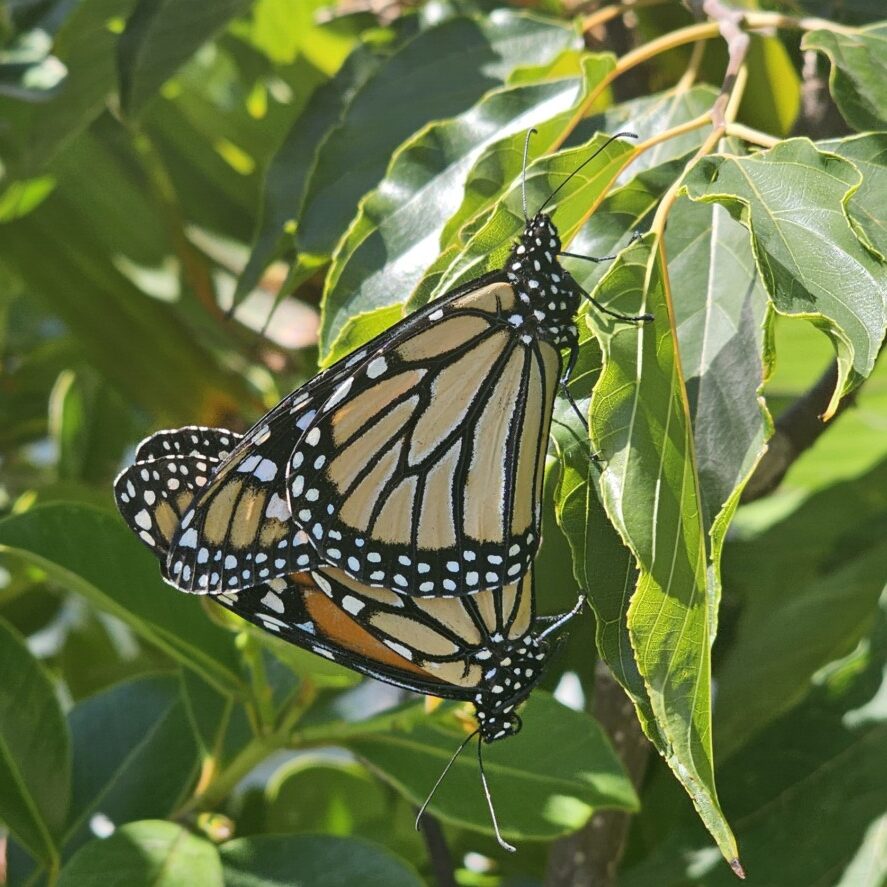
Welcome, green thumbs and aspiring urban farmers! Here at Troppo.nz, we believe that even in the heart of our towns and cities, we can cultivate thriving food forests bursting with life. A crucial ingredient for a successful and productive urban food forest is a healthy population of pollinators. These busy bees, butterflies, and other fascinating creatures are the unsung heroes of our gardens, ensuring our fruits, vegetables, and berries develop beautifully.
But how do we attract these vital visitors to our little patch of paradise? It’s simpler than you might think! By choosing the right plants and implementing a few key techniques, you can transform your urban food forest into a pollinator paradise. Let’s dive in!
Why Pollinators Matter to Your Urban Food Forest
Before we get into the “how,” let’s quickly touch on the “why.” Pollination is the process where pollen is transferred from the male part of a flower to the female part, leading to fertilization and the development of fruits and seeds. Without pollinators, many of the plants we rely on for food simply wouldn’t produce.
Attracting a diverse range of pollinators not only boosts the yield of your food forest but also contributes to a healthier and more resilient ecosystem. It’s a win-win!
Essential Plants for Pollinator Power
The key to attracting pollinators is to offer them a consistent source of food – nectar and pollen – throughout the growing season. Here are some plant families and specific examples that are particularly attractive to pollinators:
-
The Daisy Family (Asteraceae): Think sunflowers, asters, coneflowers (Echinacea), and cosmos. These plants have composite flowers, which are actually made up of many tiny individual flowers, offering a feast for pollinators. They come in a variety of shapes and colours, attracting a wide range of bees and butterflies.
- Easy Tip: Leave some spent flower heads to go to seed. Birds love these seeds, further enhancing the biodiversity of your food forest.
-
The Mint Family (Lamiaceae): This fragrant family includes herbs like lavender, rosemary, thyme, oregano, and bee balm (Monarda). Their tubular flowers are perfect for bees with longer tongues. The strong scents also act as powerful attractants.
- Easy Tip: These herbs are generally low-maintenance and drought-tolerant, making them ideal for urban gardens.
-
The Borage Family (Boraginaceae): Borage itself is a fantastic pollinator magnet, with its beautiful blue star-shaped flowers. Comfrey, often used as a dynamic accumulator in food forests, also attracts pollinators with its clusters of bell-shaped flowers.
- Easy Tip: Borage flowers are edible and have a mild cucumber-like flavour, adding a unique touch to salads.
-
The Carrot Family (Apiaceae): Don’t overlook flowering herbs like dill, fennel, and parsley! When allowed to flower, they produce clusters of tiny blossoms that are particularly attractive to small bees and beneficial wasps.
- Easy Tip: Letting some of your herb plants bolt (go to seed) not only benefits pollinators but also provides you with seeds for next year.
-
Native Flowering Plants: Research the native flowering plants of the Bay of Plenty region. These plants are often the most effective at attracting local pollinators as they have evolved together. Consider species like Kowhai, Hebe, and flax (Harakeke) varieties that are known to attract birds and insects.
- Easy Tip: Local nurseries often specialize in native plants and can provide valuable advice on what will thrive in your area.
Beyond Plants: Techniques for a Pollinator-Friendly Food Forest
Simply planting the right flowers is a great start, but there are other simple techniques you can employ to make your urban food forest even more inviting for pollinators:
-
Provide a Water Source: Pollinators need water just like any other living creature. A shallow dish with pebbles or marbles will allow them to drink without the risk of drowning. Change the water regularly to prevent mosquito breeding.
-
Offer Shelter: Leave some areas of your garden a little less “tidy.” Piles of leaves, hollow stems, and even undisturbed patches of bare earth can provide nesting and overwintering sites for various pollinators. Consider building a simple bee hotel.
-
Avoid Pesticides and Herbicides: These chemicals can be harmful or even fatal to pollinators. Opt for natural pest control methods and embrace a little bit of “wildness” in your garden.
-
Plant in Clumps: Instead of scattering single plants, plant them in groups. This makes it easier for pollinators to find and access the flowers, and it creates a more visually appealing display.
-
Extend the Blooming Season: Choose a variety of plants that flower at different times throughout the year. This ensures a continuous food supply for pollinators from early spring to late autumn.
-
Reduce or Eliminate Lawns: Lawns offer little to no food for pollinators. Consider replacing sections of your lawn with pollinator-friendly groundcovers or planting more flowering shrubs and trees.
A Thriving Ecosystem in Your Backyard
By incorporating these essential plants and techniques, you can transform your urban food forest into a vibrant hub of pollinator activity. Not only will this boost the productivity of your edible plants, but you’ll also be contributing to the health and biodiversity of your local environment. So get planting, get creative, and enjoy the buzz of a thriving ecosystem right outside your door!
#UrbanFoodForest #Pollinators #Bees #Butterflies #GardeningTips #NZGardening #TroppoNZ #SustainableLiving #GrowYourOwn #EcologicalGardening
